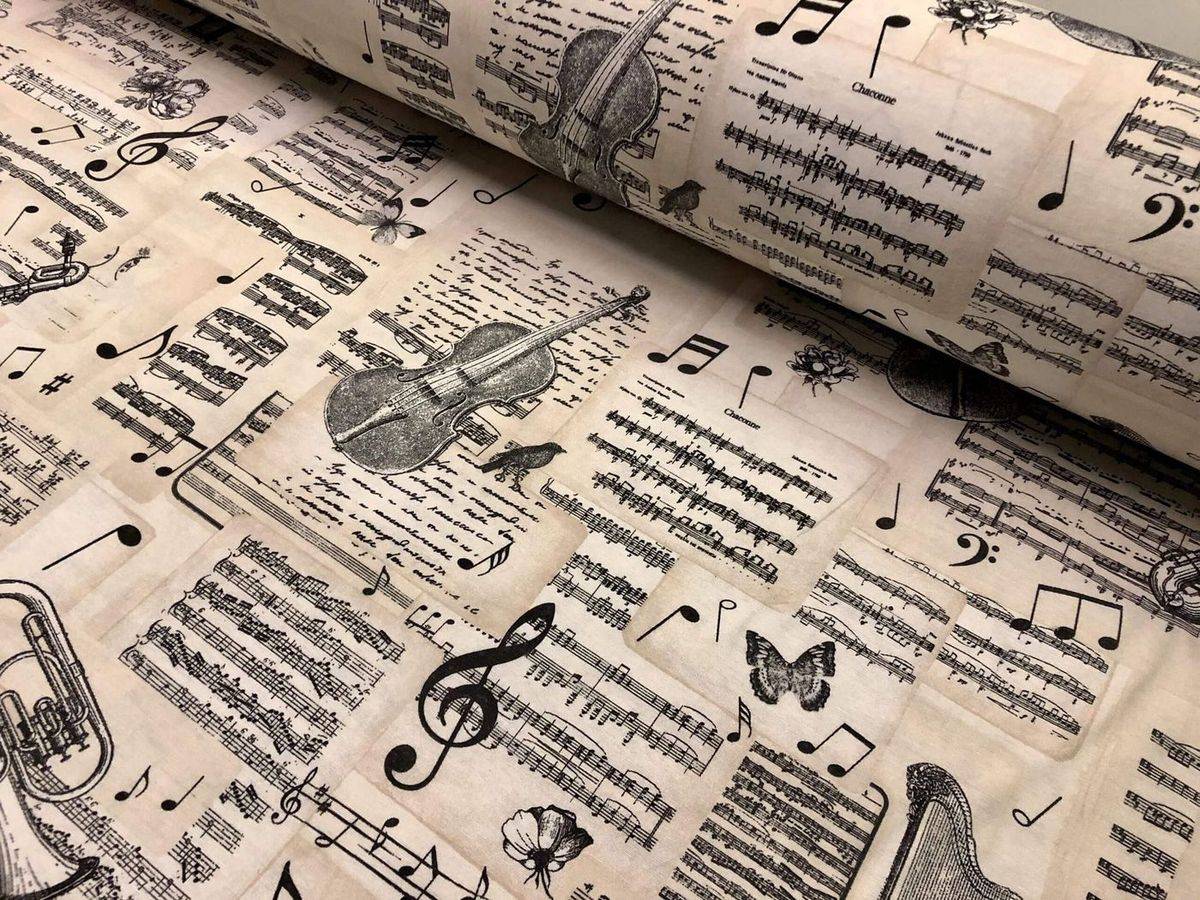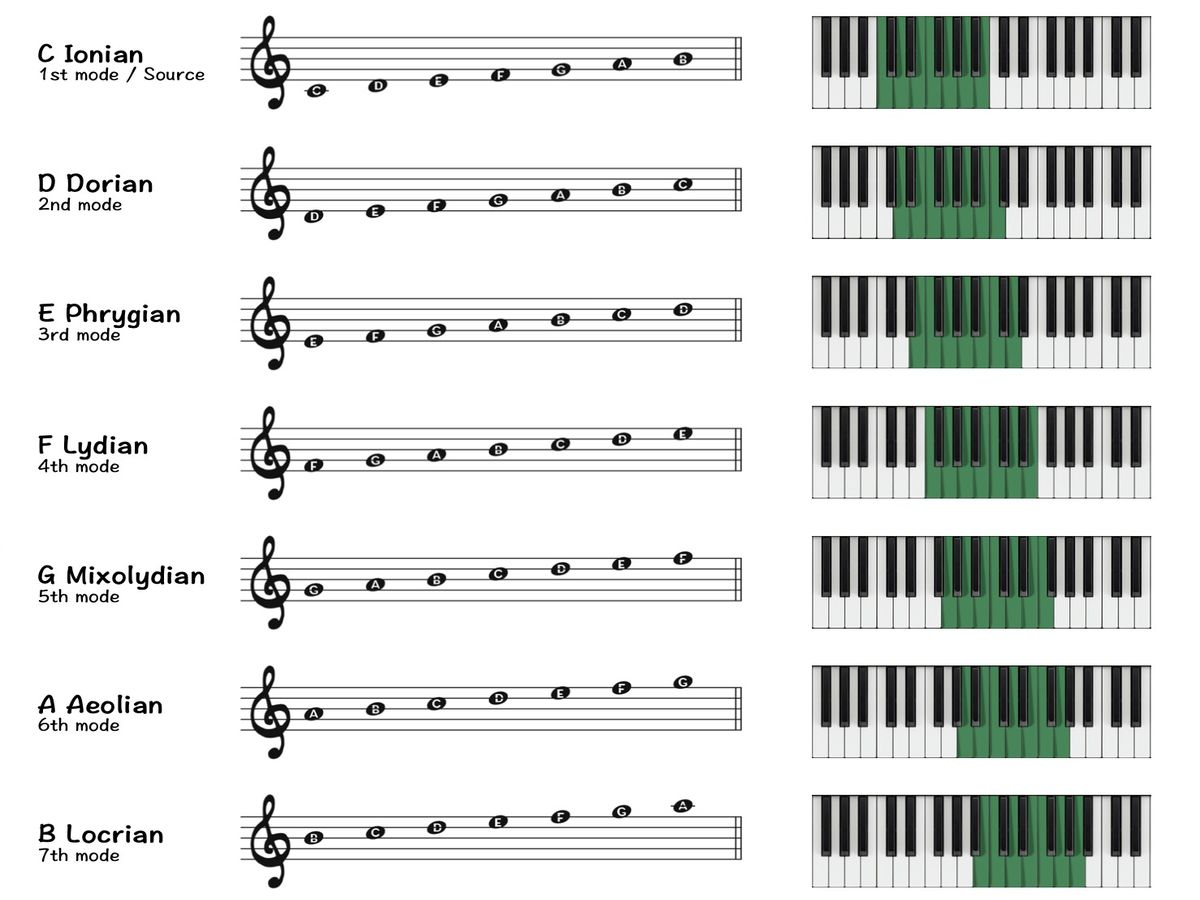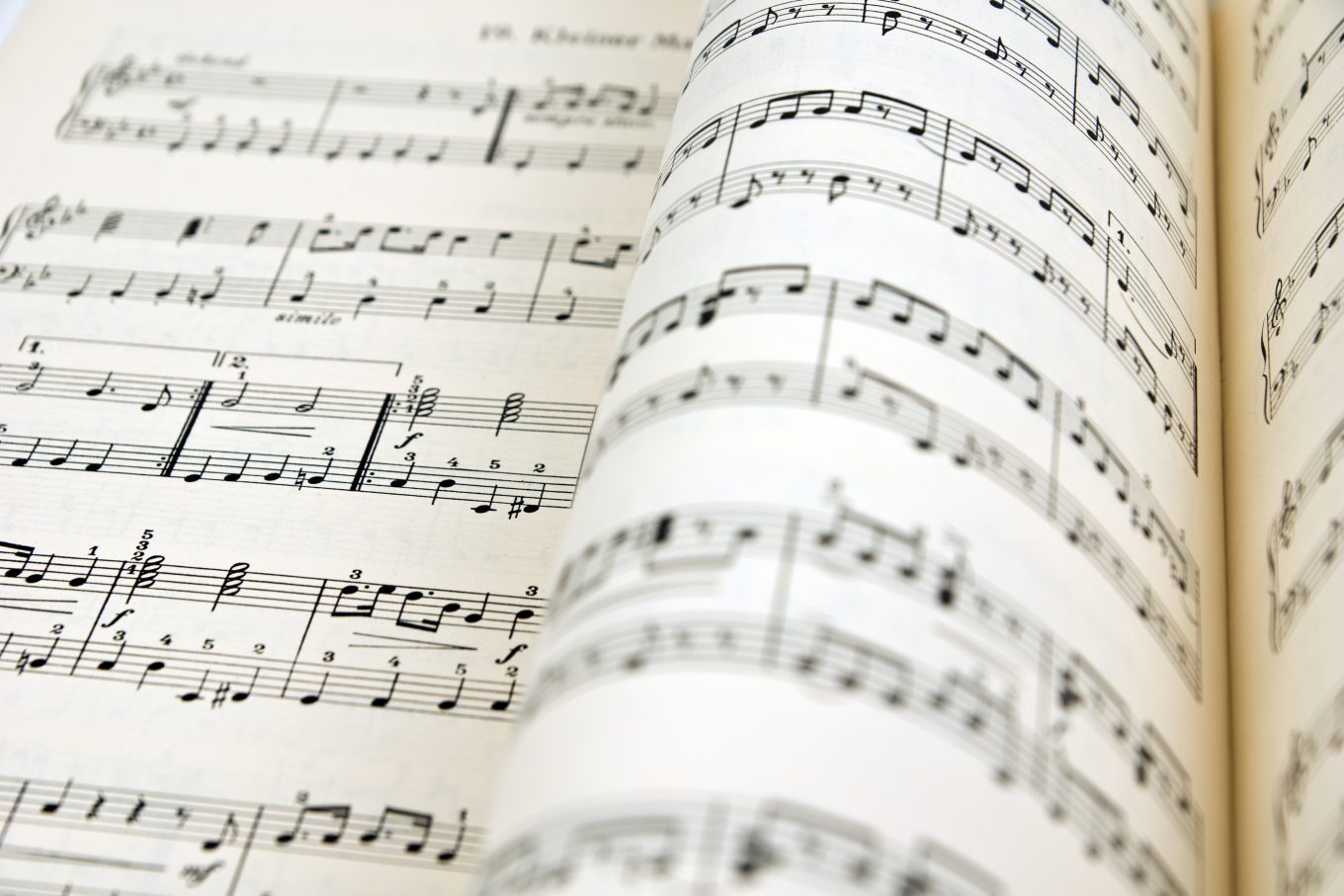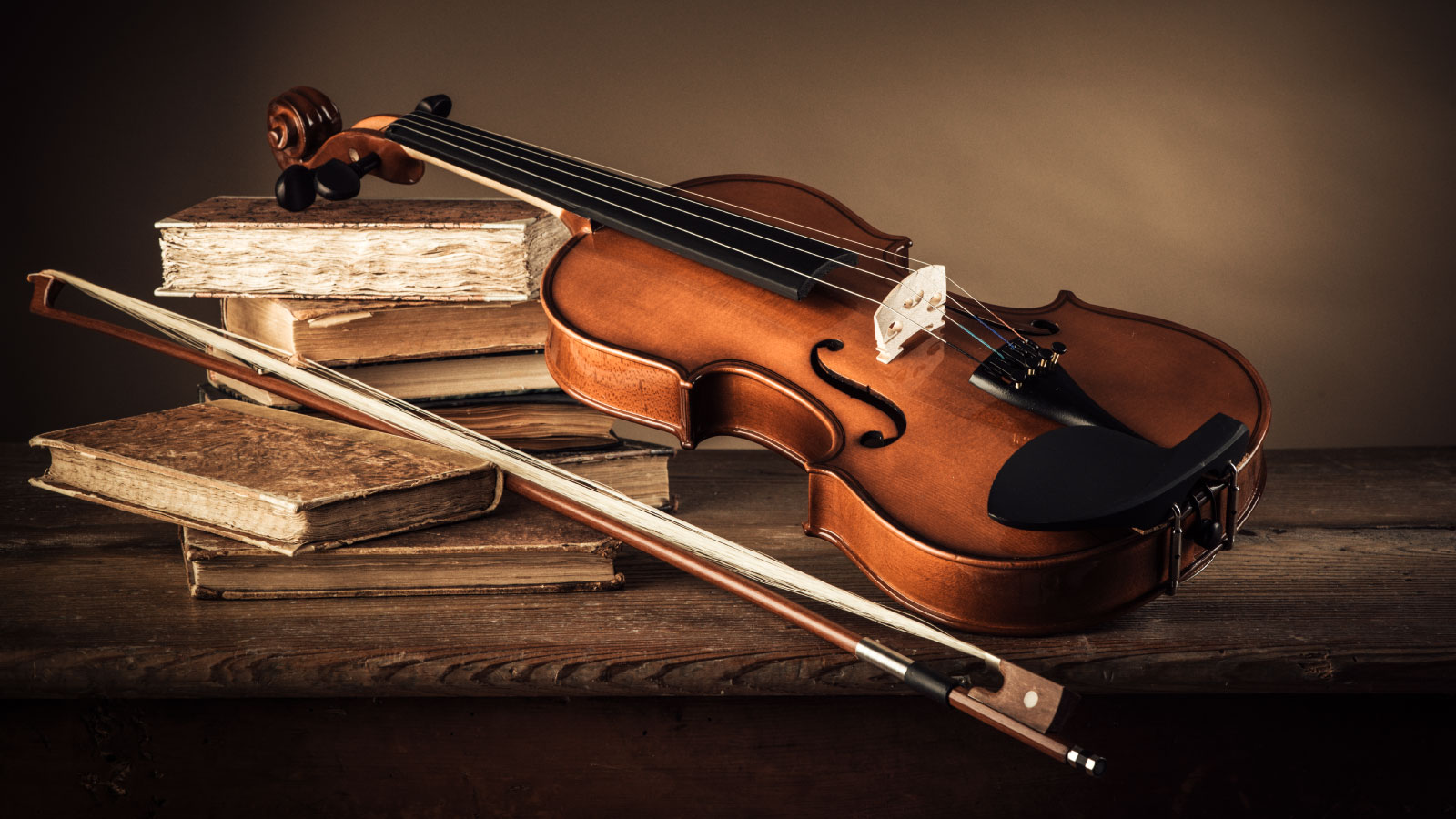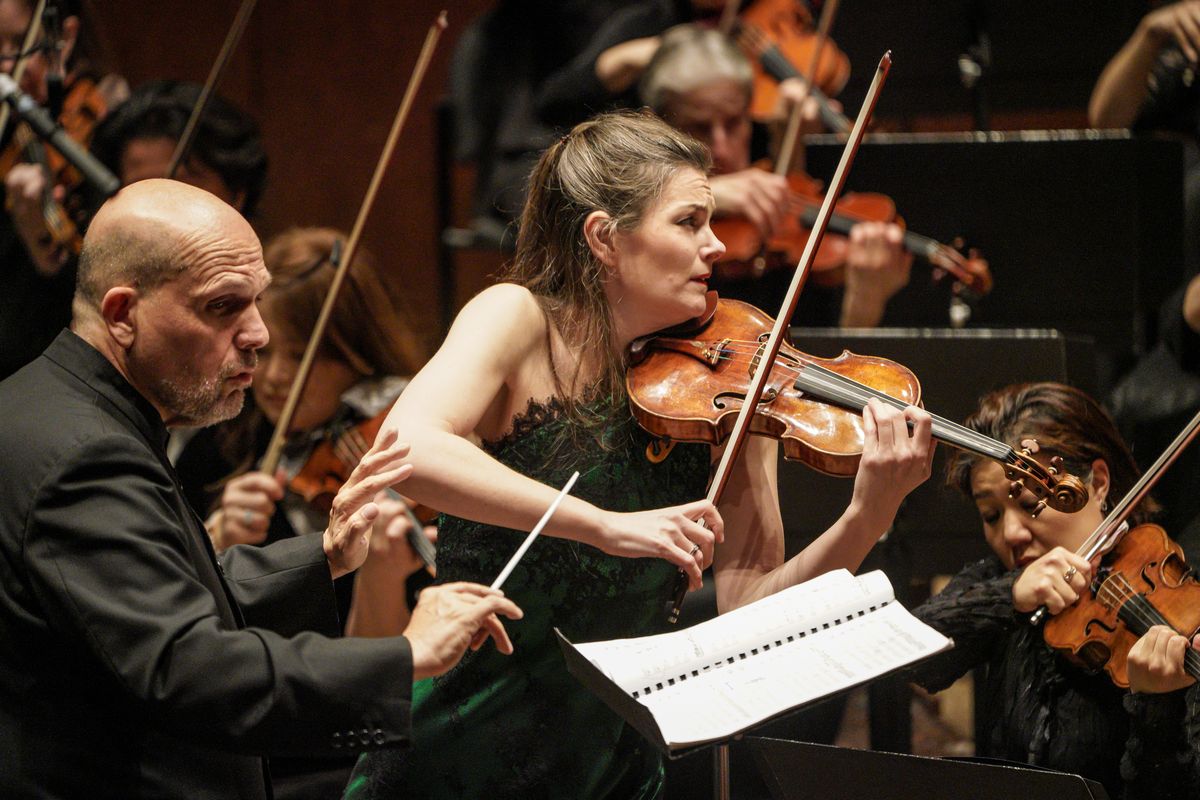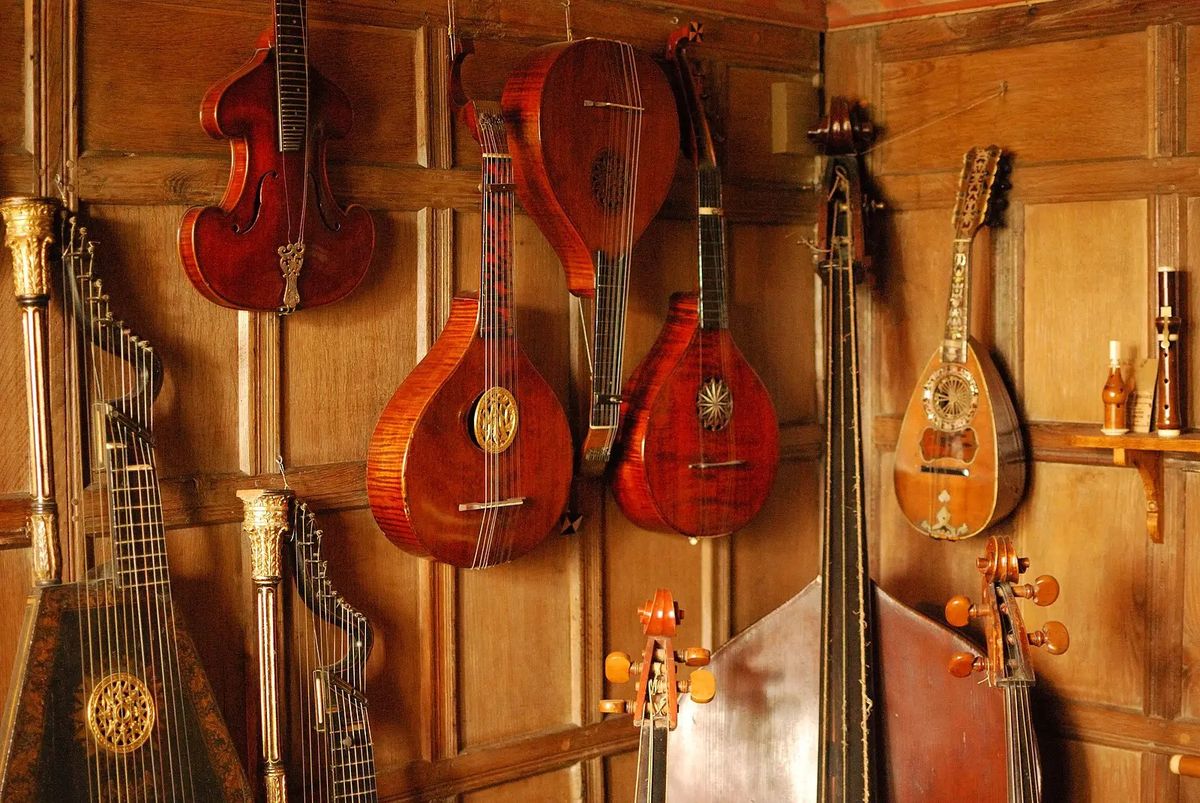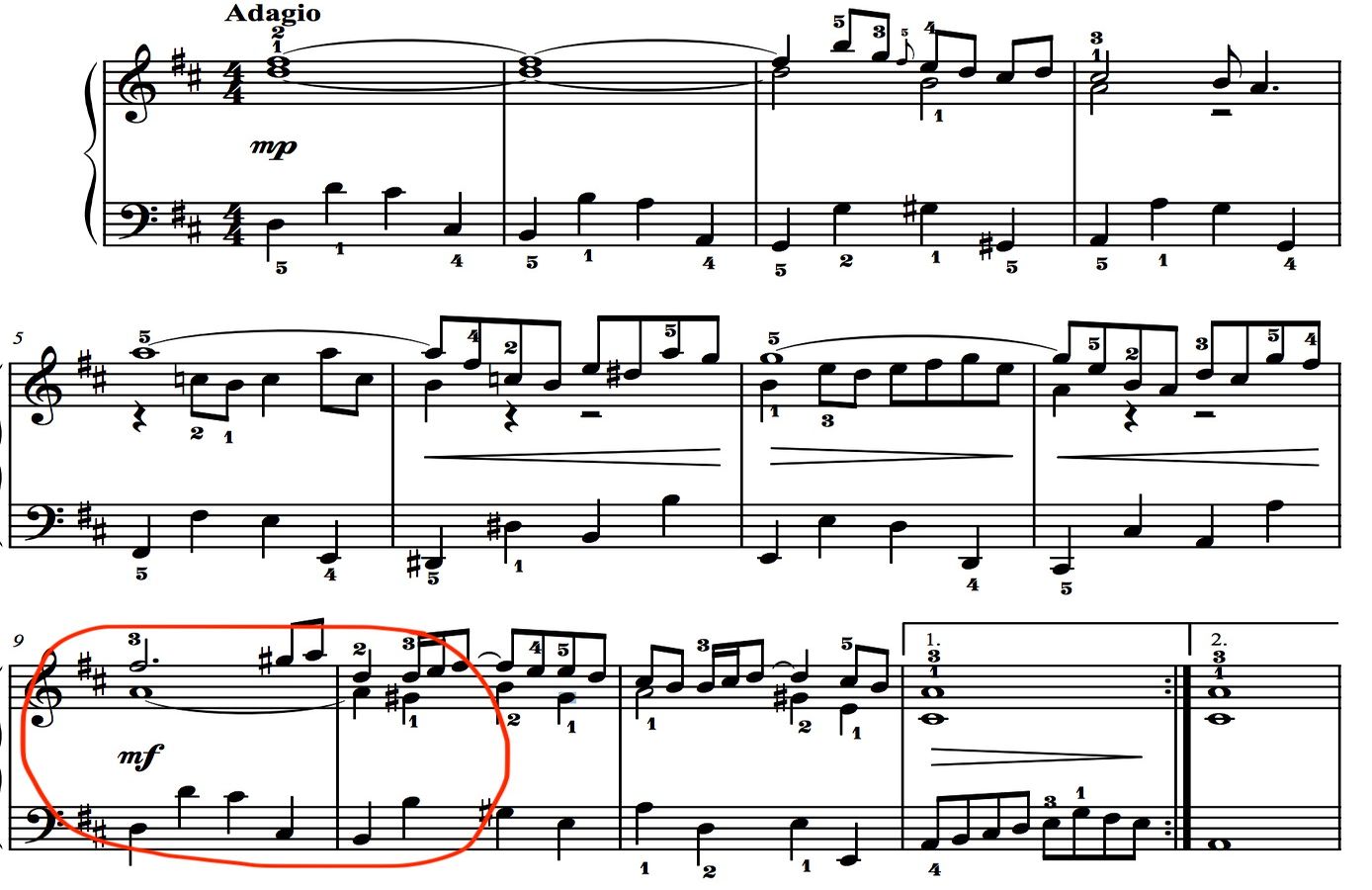Home>Events & Info>Note>What Is A Note Called In Indian Classical Music


Note
What Is A Note Called In Indian Classical Music
Published: December 5, 2023
Learn about the significance of a note in Indian classical music and its role in creating complex melodies. Understand the importance of notes in this ancient musical tradition.
(Many of the links in this article redirect to a specific reviewed product. Your purchase of these products through affiliate links helps to generate commission for AudioLover.com, at no extra cost. Learn more)
Table of Contents
Introduction
Indian classical music is a rich and ancient art form that is deeply rooted in tradition and culture. One of the fundamental elements of Indian classical music is the concept of a note, which plays a crucial role in creating melodies and harmonies. Understanding what a note is and its significance is essential to appreciating and learning Indian classical music.
A note, in the context of music, refers to a specific sound with a unique pitch. It is the building block of musical compositions and is used to create melodies, harmonies, and rhythms. Each note has its own distinct frequency and duration, which gives it a unique identity.
In Indian classical music, notes are referred to as “svaras.” The term “svara” is derived from the Sanskrit word “swara,” which means sound or tone. Svaras are the foundation of Indian classical music, and they are used to create intricate melodic patterns and compositions.
The structure of Indian classical music revolves around a system of scales, known as “ragas.” A raga is a melodic framework that consists of a series of notes arranged in a specific order. Each raga has a distinct mood, or “rasa,” associated with it, and it evokes different emotions in the listener.
The use of svaras in Indian classical music is what gives the music its unique and captivating qualities. Svaras are not just individual notes; they are also deeply connected to the cultural and spiritual aspects of Indian classical music.
Throughout Indian classical music, svaras are classified into different categories based on their position within a raga and their relationship with other svaras. These classifications help musicians navigate the complexities of Indian classical music and create beautiful and harmonious compositions.
In the next sections, we will explore the different types of svaras and their naming conventions in Indian classical music, shedding light on the intricate and enchanting world of notes in this ancient musical tradition.
Definition of a Note
In the realm of music, a note is defined as a specific sound with a distinguishable pitch. It is a fundamental unit of music that contributes to the creation of melodies, harmonies, and rhythms. Notes are represented by symbols or notations that indicate their pitch, duration, and other musical attributes.
A note can be seen as the “building block” of music, much like a brick is to a building. It is a single sound that, when combined with other notes, forms the foundation of a musical composition. Each note has its own unique frequency, which determines its pitch. The higher the frequency, the higher the perceived pitch, and vice versa.
In Western music, notes are represented by letters from A to G, with variations in pitch denoted by adding symbols such as sharp (#) or flat (b). For example, A, B, C, D, E, F, and G are the basic notes in the Western musical system. These notes are organized into octaves, which are a series of notes that span eight consecutive pitches.
In Indian classical music, the concept of notes is referred to as “svaras.” Svaras play a crucial role in Indian classical music, and they are approached and understood differently compared to Western music. Indian classical music encapsulates a vast array of svaras that contribute to the rich and complex melodies and rhythm patterns.
Understanding the concept of a note is essential for musicians and music enthusiasts alike. It allows them to understand the structure and composition of music, analyze melodies, and improvise within a given musical framework. Notes bring life, depth, and emotive qualities to a musical piece, creating a unique sonic experience for both the performer and the listener.
Structure of Indian Classical Music
Indian classical music is renowned for its intricate structure and well-defined framework. It follows a distinct pattern that provides a strong foundation for improvisation and creativity. The structure of Indian classical music revolves around two primary elements: ragas and talas.
A raga is a melodic framework or scale that consists of a specific sequence of notes. It serves as the foundation for creating melodies and improvisations in Indian classical music. Each raga has its own unique combination of notes, as well as certain rules and guidelines for the ascending (Arohana) and descending (Avarohana) order of notes. Ragas evoke distinct emotions and moods, creating a captivating musical experience.
The other crucial element in the structure of Indian classical music is the tala. Tala refers to the rhythmic framework of a musical composition. It involves a set rhythmic pattern or cycle that repeats throughout the composition. Talas are organized in beats, with each beat having its own specific duration and stress. The rhythmic cycle provides a strong foundation for musicians to create intricate rhythm patterns and synchronize their playing with other musicians.
Within this structure, Indian classical music allows for improvisation and creative expression. Musicians have the freedom to explore the nuances and subtleties of the raga and tala, adding their own unique touch and interpretation to the performance. This improvisation aspect demonstrates the fluidity and flexibility of Indian classical music.
Furthermore, Indian classical music is often divided into two main genres: Hindustani classical music and Carnatic classical music. Although both genres share a similar structure and core principles, they have their own unique characteristics and repertoire. Hindustani classical music is mainly practiced in the northern parts of India, while Carnatic classical music is predominantly performed in the southern regions of the country.
The structure of Indian classical music creates a strong foundation for its rich and diverse musical expressions. It allows musicians to delve deep into the intricate world of ragas and talas, bringing out the essence of each note, and creating captivating and mesmerizing musical compositions.
Svara in Indian Classical Music
In Indian classical music, the term “svara” refers to a note or a musical sound. Svaras are the building blocks of melodies and harmonies in this traditional art form. They play a central role in creating the unique and intricate patterns of Indian classical music.
Svaras are not simply individual notes; they are also representative of specific pitches and frequencies. Each svara has a distinct identity and is denoted by a specific name. In Hindustani classical music, the svaras are known as “shuddha svaras,” which means pure notes. Meanwhile, in Carnatic classical music, they are referred to as “suddha svaras.”
The Indian classical music system is based on a 12-note octave, known as the “Saptak.” These 12 notes include both the natural and altered versions of the basic notes. The svaras within this octave are arranged in ascending and descending order, forming the melodic structure of a raga.
Svaras are not limited to their frequency or pitch alone; they are also characterized by their duration and ornamentation. Each svara can be embellished with various musical ornaments called “gamakas,” which add intricate nuances and expressiveness to the music.
It is important to note that svaras are not limited to the use of specific instruments or vocals. They are universal and can be played on various musical instruments or sung by vocal performers. This versatility allows for a diverse range of expressions in Indian classical music.
One of the unique aspects of Indian classical music is the microtonal nature of the svaras. Unlike Western music, which divides the octave into equal intervals, Indian classical music allows for subtle variations in pitch within each svara. These microtones, known as “srutis,” add depth and intricacy to the music.
Indian classical music emphasizes the importance of precise and accurate rendering of svaras. Musicians undergo rigorous training to master the art of producing and manipulating svaras, ensuring that each note is delivered with utmost clarity, precision, and tonal quality.
Svaras are not only integral to the performance of Indian classical music, but they also serve as a means of communication between the musician and the listener. Each svara carries its own emotional and aesthetic value, evoking a specific mood or sentiment.
Understanding the concept of svaras is crucial for anyone interested in delving into the world of Indian classical music. The mastery of svaras enables musicians to create captivating melodies, intricate harmonies, and enchanting musical compositions that have captivated audiences for centuries.
Types of Svaras
In Indian classical music, svaras are classified into different types based on their relationship with the fundamental pitch and their position within a raga. These classifications help musicians navigate the complexities of Indian classical music and create beautiful and harmonious compositions.
The types of svaras in Indian classical music are as follows:
- Shuddha Svaras: Shuddha svaras are the pure and natural notes in the Indian classical music system. They are the fundamental pitches from which all other svaras are derived. Shuddha svaras are considered the stable and unaltered versions of the basic notes and serve as the foundation for the melodic structure of a raga.
- Komal Svaras: Komal svaras are the altered or flattened versions of the natural notes. They are characterized by a slightly lower pitch compared to the shuddha svaras. Komal svaras add a unique flavor and color to the melodies and are an essential component of certain ragas.
- Teevra Svaras: Teevra svaras are the sharp or raised versions of the natural notes. They have a slightly higher pitch than the shuddha svaras. Teevra svaras are used sparingly and selectively in specific ragas to create intricate melodic patterns and evoke a distinct emotional response.
- Vivadi Svaras: Vivadi svaras are the dissonant notes in Indian classical music. They are considered discordant and are not commonly used in melodies or compositions. Vivadi svaras create tension and add a sense of contrast when used strategically in certain contexts.
- Achala Svaras: Achala svaras are the fixed or immutable notes that remain unchanged throughout a performance or composition. These are notes that hold a stable and consistent pitch and do not undergo any alterations or variations.
- Alpatva and Bahutva: In Indian classical music, svaras are also categorized based on their duration. Alpatva refers to short-duration notes, while bahutva refers to long-duration notes. This categorization adds rhythmic diversity and variation to the melodic patterns.
These various types of svaras add richness and depth to Indian classical music. They allow musicians to create intricate and nuanced melodies by combining different types of svaras within a raga. The skillful use of these svaras is key to capturing the essence of a raga and conveying the desired emotional impact to the audience.
Importance of Svaras in Indian Classical Music
Svaras play a crucial role in Indian classical music, and their significance cannot be overstated. They serve as the foundation for creating melodies, harmonies, and rhythm patterns in this ancient art form. The importance of svaras can be explored from various perspectives:
Musical Structure: Svaras form the building blocks of the melodic structure in Indian classical music. They define the pitch, tonality, and emotional character of a composition. The arrangement, combination, and progression of svaras within a raga create the unique identity and flavor of the music.
Expressive Elements: Svaras serve as a medium for expressing various emotions and sentiments in Indian classical music. Each svara carries its own distinct mood and aesthetic value, allowing musicians to evoke specific emotional responses from the audience. Through the skillful manipulation and rendering of svaras, musicians can convey a wide range of emotions, from joy and serenity to pathos and melancholy.
Improvisation: Svaras provide a foundation for improvisation in Indian classical music. They offer musicians the freedom to explore and experiment within the boundaries of a raga. By embellishing and ornamenting svaras with intricate musical techniques, such as gamakas and meend, musicians can add depth, complexity, and personal expression to their performances.
Communication: Svaras serve as a means of communication between the musician and the listener. They convey and convey the artist’s artistic vision, emotions, and narrative through the subtle nuances, phrasings, and interplay of different svaras. The skillful use of svaras enables the musician to create a musical conversation, establishing a deep connection with the listener.
Cultural Heritage: Svaras are deeply rooted in Indian culture and tradition. They have been passed down through generations and are an integral part of the country’s musical heritage. By understanding and practicing the art of svaras, musicians contribute to the preservation and continuation of this rich cultural tradition.
Unity and Harmony: Svaras play a critical role in creating unity and harmony among musicians during ensemble performances. They provide a common language and framework for musicians to synchronize their playing, ensuring that the melodies, harmonies, and rhythm patterns are coherent and cohesive.
Overall, the importance of svaras in Indian classical music lies in their ability to create a powerful and emotive musical experience. They provide the means for artistic expression, improvisation, and communication, enriching the cultural fabric of Indian classical music and captivating audiences with their beauty and complexity.
Naming of Notes in Indian Classical Music
In Indian classical music, the naming of notes is based on a system that differs from the Western musical notation. Indian classical music uses a unique set of syllables to represent svaras or notes, providing a distinct way of identifying and communicating musical pitches.
The system of naming notes in Indian classical music is known as “sargam.” Sargam is derived from the first four syllables of the Indian solfège system, which are Sa, Re, Ga, and Ma. These syllables represent the basic notes of the octave.
Here is the breakdown of the sargam system and its corresponding Western note equivalents:
- Sa: This represents the first and fundamental note of the octave. It corresponds to the Western note C.
- Re: This represents the second note, which is a whole step higher than Sa. It corresponds to the Western note D.
- Ga: This represents the third note, which is a whole step higher than Re. It corresponds to the Western note E.
- Ma: This represents the fourth note, which is a half step higher than Ga. It corresponds to the Western note F.
- Pa: This represents the fifth note, which is a whole step higher than Ma. It corresponds to the Western note G.
- Dha: This represents the sixth note, which is a whole step higher than Pa. It corresponds to the Western note A.
- Ni: This represents the seventh note, which is a whole step higher than Dha. It corresponds to the Western note B.
In addition to the seven basic notes, Indian classical music also recognizes the existence of other notes, known as “komal” and “tivra” versions of Re, Ga, Dha, and Ni. These additional notes are represented by the suffixes “b” for komal and “#” for tivra. For example, Re, Ga, Dha, and Ni can be altered to represent their komal and tivra versions.
It is important to note that the sargam system, unlike Western notation, is based on relative pitches rather than absolute pitches. The specific frequencies and tonal placements may vary depending on the raga being performed and the individual interpretation of the artist.
Through the sargam system, Indian classical music not only provides a means of identifying and naming notes but also facilitates communication and understanding among musicians. It is a unique and integral part of the Indian musical tradition, adding depth, beauty, and cultural richness to the art form.
Conclusion
Indian classical music is a rich and ancient art form that places great emphasis on the concept of svaras, or notes. Svaras serve as the building blocks of melodies, harmonies, and rhythms, playing a vital role in the creation of captivating compositions and improvisations.
The structure of Indian classical music revolves around ragas and talas, with svaras forming the core elements within these frameworks. The classification of svaras into different types, such as shuddha, komal, teevara, vivadi, achala, alpatva, and bahutva, adds depth and complexity to the music, enabling musicians to create intricate and evocative patterns.
The naming of notes in Indian classical music follows the sargam system, with syllables like Sa, Re, Ga, Ma, Pa, Dha, and Ni representing the basic notes of the octave. This unique system provides a distinct way of identifying and communicating musical pitches.
Furthermore, svaras are essential for expressing emotions, allowing musicians to convey a wide range of feelings and moods through their performances. They facilitate improvisation and creative expression, providing a platform for musicians to add their personal touch and interpretation to the compositions.
The significance of svaras extends beyond the realm of music. They are deeply rooted in Indian culture and tradition, representing a unique form of artistic expression that has been passed down through generations. Svaras serve as a bridge, connecting musicians and listeners, and preserving the cultural heritage of Indian classical music.
In conclusion, svaras are the lifeblood of Indian classical music. They shape the melody, rhythm, and emotional impact of compositions, and serve as a means of communication between the artist and the audience. By understanding and appreciating the intricate nuances of svaras, one can truly embark on a journey into the enchanting world of Indian classical music.

